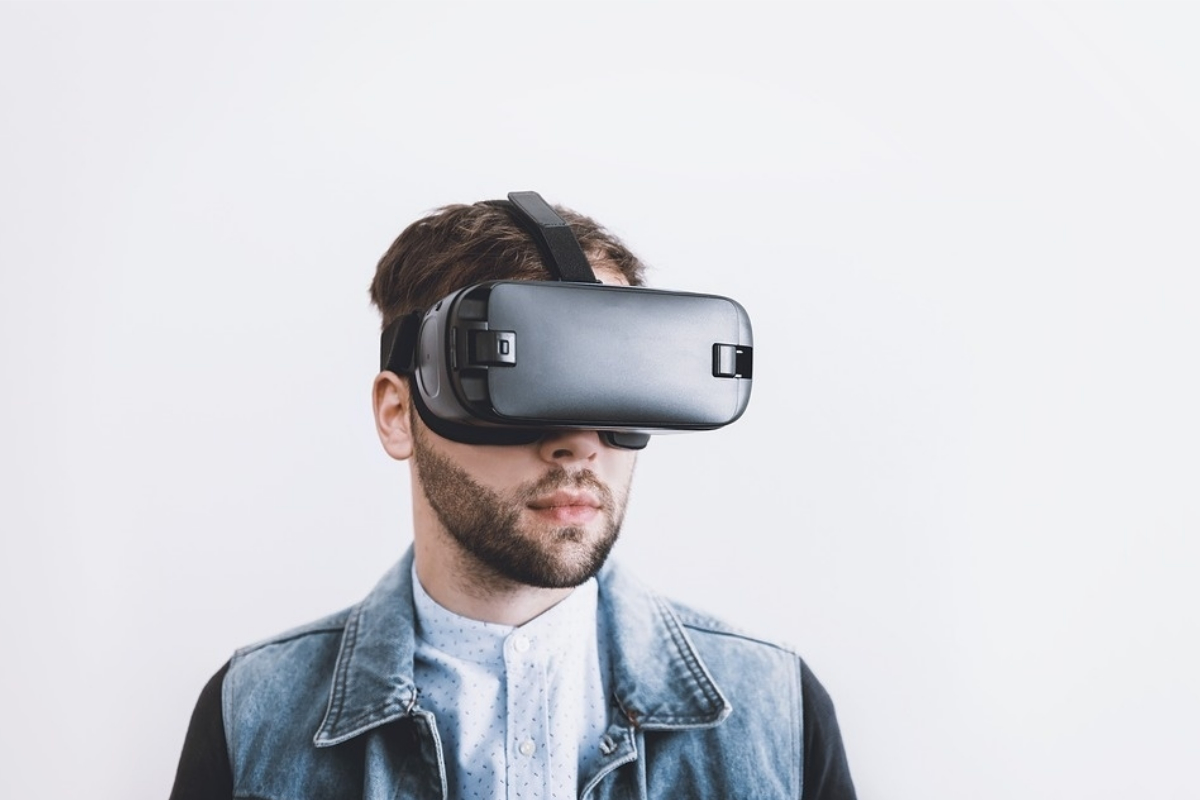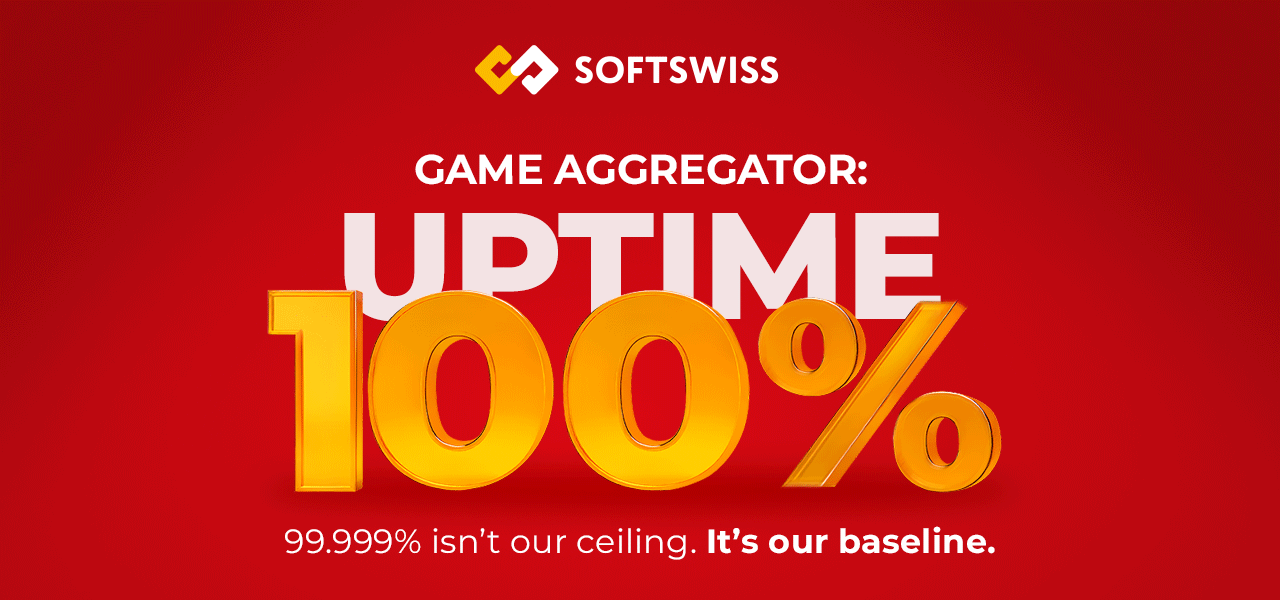Industry News
The Future of Augmented and Virtual Reality

While augmented reality (AR), and its counterpart virtual reality (VR), are still heavily associated with gaming, they’re both rapidly growing fields with a much wider range of applications. Augmented reality alone is expected to be a market of more than $60 billion by 2023, and part of this growth will be from expansion into new industries. With a renewed focus on developing iOS apps and Android apps for these technologies, customers will be able to access a whole new reality.
There are many important obstacles these technologies will have to deal with as they come to play a greater role in our lives, but the next few years are bright for both AR and VR. They each offer unique opportunities and promise to change the way business is done in a variety of settings.
AR in Marketing
Although VR has an important role to play, augmented reality remains more accessible to consumers for a variety of reasons. In contrast to virtual reality, AR software can be downloaded and used directly on devices like smartphones and computers—one example of this is Pokemon GO, which continues to bring in $2 million daily in player spending.
Augmented reality technology would allow companies to create virtual business cards or provide information in real-time based on a user’s location. It can even simulate the appearance of certain goods, allowing potential customers to visualize an item before purchasing it. This also helps to bring the online shopping experience closer to that of a traditional brick and mortar store.
Improving Manufacturing Efficiency
In addition to its applications for end users, AR can also be utilized within manufacturing industries to improve processes in a number of ways. This is vital in a field that places such a high emphasis on speed, reliability, and efficiency to realize the greatest possible profits.
Providing instructions and other documentation in AR form allows employees to focus on their work without dealing with the inconvenience and distraction of physical copies (not to mention the environmental impact). Paper accounts for 50% of all business waste, so replacing it with digital text is preferable whenever possible.
Applications in Healthcare
Some of the same principles underlying the implementation of augmented reality in manufacturing also contribute to its possibilities in the world of medicine. Surgeons, as an example, can use AR to visualize CT scan results overlaid on the actual patient during an operation, giving them the ability to see both at once.
This also opens up the opportunity for specialists to lead surgery remotely by assisting an onsite doctor through the operation, removing location-based limitations to healthcare access. These applications and others have the potential to improve quality of care while making operations quicker and more efficient.
It’s impossible to imagine all the ways in which augmented reality will affect our lives in the near future and beyond, but the technology is already being used in numerous exciting ways and modifying traditional business practices. Its range of implementations will likely continue to grow as it becomes more affordable and consumers become more accustomed to its presence in everyday life.
-

 Africa6 days ago
Africa6 days agoQTech Games wins Best Innovation of the Year at the 2025 SBWA+ Eventus Awards
-

 Asia6 days ago
Asia6 days agoNODWIN Gaming and JioStar Unveil OnePlus Android BGMS Season 4
-

 Latest News6 days ago
Latest News6 days agoVindral appoints Henrik Fagerlund as Chairman of the Board
-

 Latest News6 days ago
Latest News6 days agoCalema to Perform at Legends Charity Game in Lisbon
-

 Conferences in Europe6 days ago
Conferences in Europe6 days agoEGT Digital and EGT to rock the show at SiGMA Euro-Med 2025
-

 Latest News6 days ago
Latest News6 days agoPush Gaming redefines its portfolio, unveiling new game categories and sub-brand for extended player reach
-

 Affiliate Industry6 days ago
Affiliate Industry6 days agoNikita Lukanenoks Brings Slotsjudge Into Spotlight With Affiliate Leaders Awards 2025 Nomination
-

 Latest News6 days ago
Latest News6 days agoThunderkick returns for an even fierier fiesta in Carnival Queen 2


















